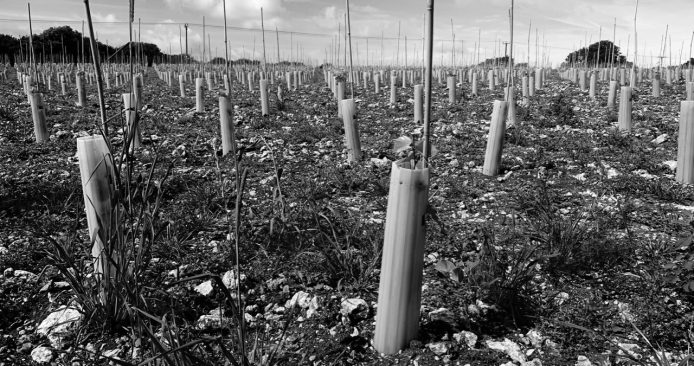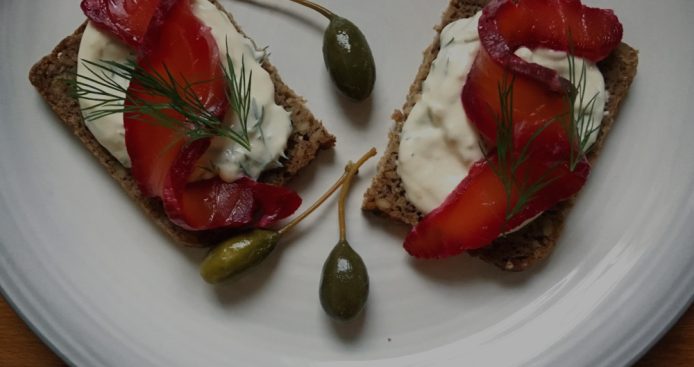Your Mini Basket

English Sparkling Wine vs Champagne for Christmas 2021
Why it Might be a Better Choice This Year
With dwindling stocks of Grande Marque Champagne this Christmas season and a plentiful supply of top draw English sparkling wines, surely it’s time to embrace homegrown with our Top 5 English sparklers for December.
We explore what makes English fizz so special and why there’s been a shortfall on some of Champagne’s familiar names this year.
English Sparkling Wine Quietly Goes from Strength to Strength
An exciting sparkling wine revolution is well underway here in Great Britain, which was originally kick-started by Nyetimber in the mid 1990s and has accelerated over the past decade or so.
Since Nyetimber scooped a Gold medal in the IWSC for their inaugural 1997 release, English sparkling wines have been consistently rivalling and outperforming champagnes at the same price points. Even the Champenois are getting in on the act and buying up land in southern England. Both Taittinger and Vranken Pommery have invested heavily in Kent and Hampshire respectively under the guises of Domaine Evremond and Louis Pommery.
Currently, there are 225 registered sparkling wine producers in England, spread as diverse as the Isle of Wight to Yorkshire. The potential for future growth, pending the right site selection, is still significant. It’s predicted that within the next 15-20 years, English sparkling wine will enjoy a similar level of global recognition as Marlborough Sauvignon Blanc does today.
Our Top 5 English Sparkling Wines for the Festive Season
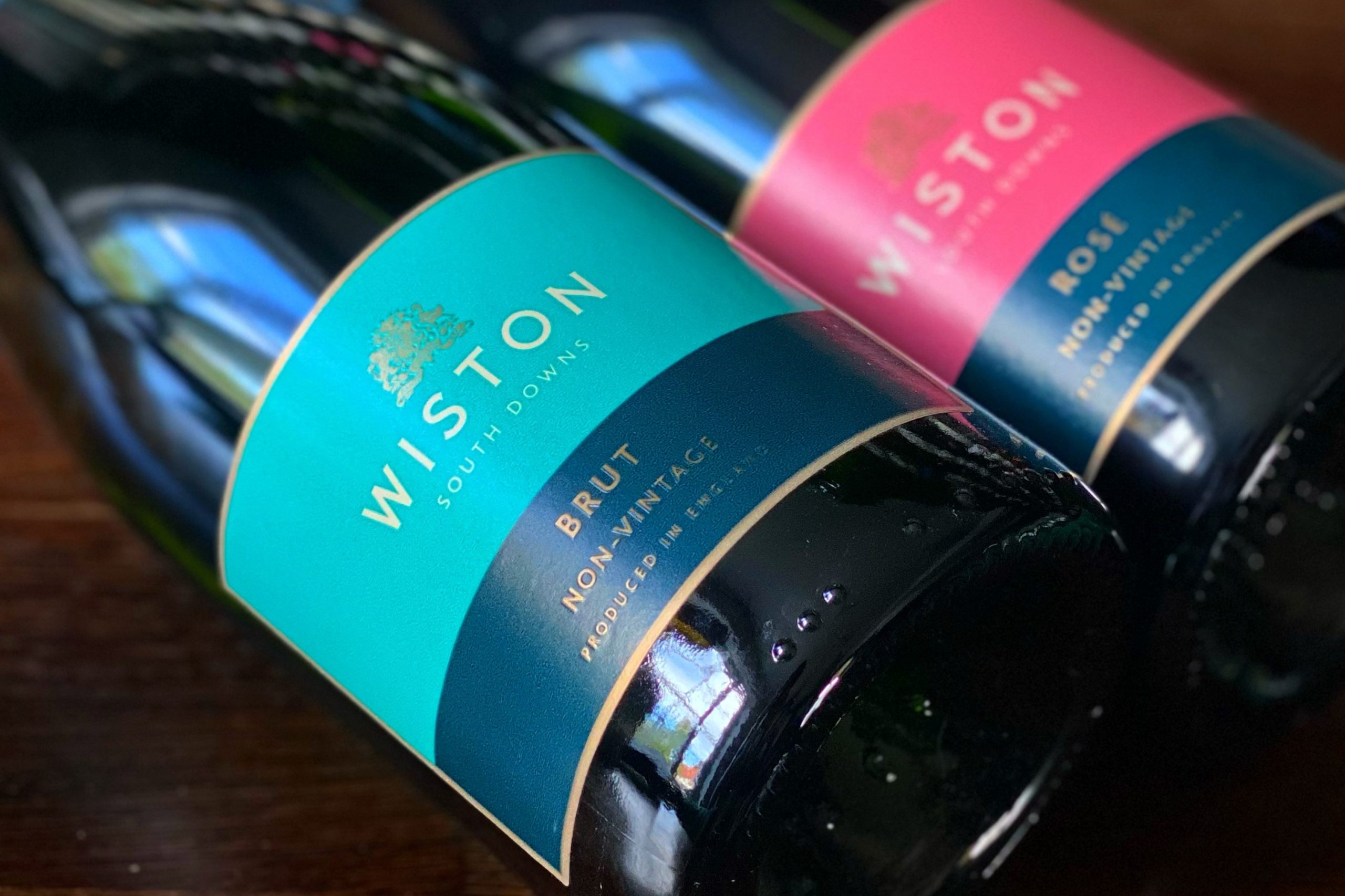
We kick off with Wiston Brut NV (£28.99) from West Sussex.
- Recommended for those who like Möet & Chandon Impérial Brut.
Awards: Best Sparkling in the Independent English Wine Awards 2019 & IWC Gold in 2017
This is the perfect brunch or aperitif fizz with a fine balance between apple and citrus tartness and a subtle creamy, freshly baked biscuit undertone which finishes long and refreshing.
Almost an equal blend of the three principle Champagne varieties and around 30% of reserve wines (older vintages) added to the most recent vintage, the Brut NV is then aged on lees for at least three years (1 year longer than Möet NV).
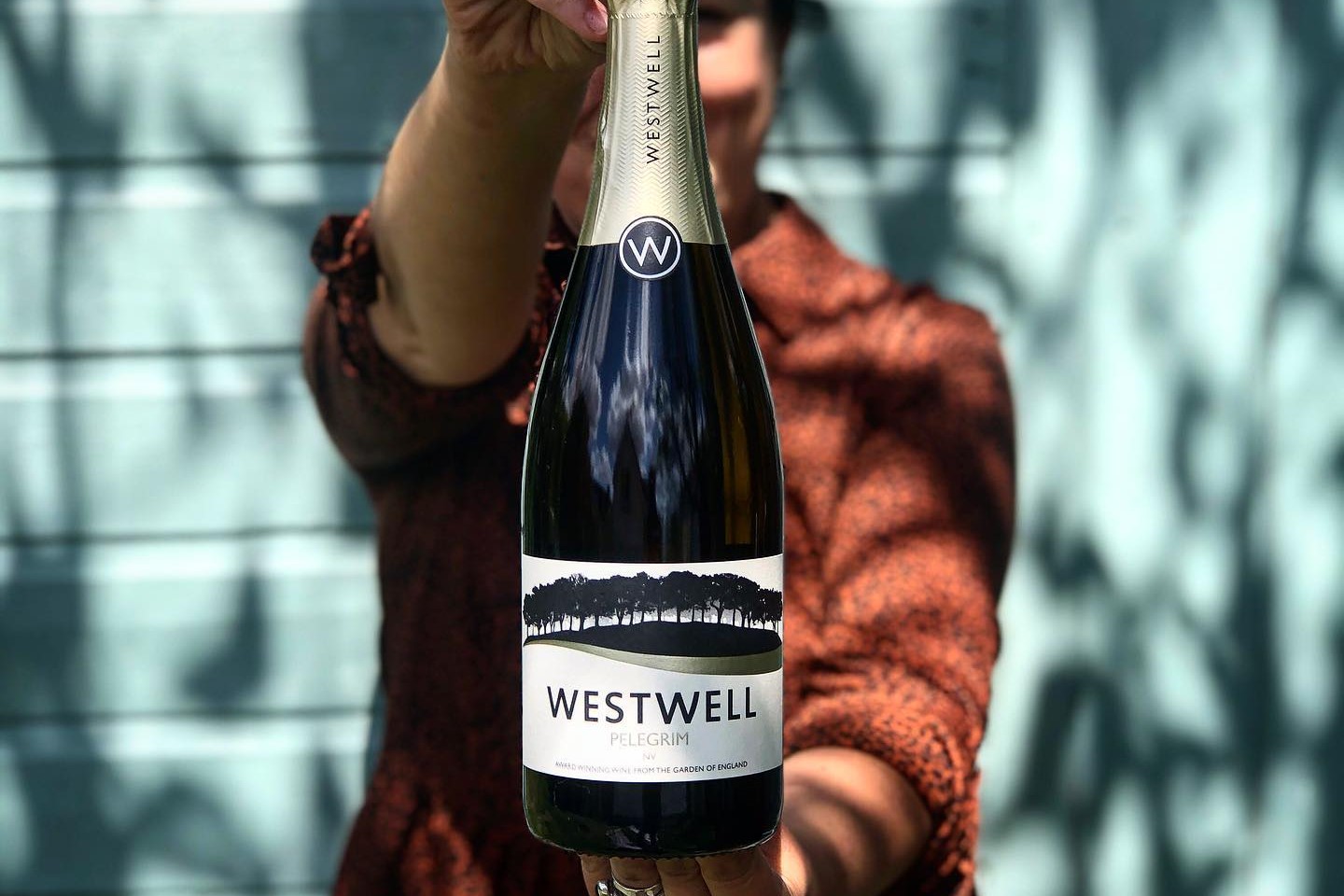
One of our all-round favourites is Westwell Pelegrim NV (£27.49) from Kent.
- Recommended for those who like Pol Roger Brut Reserve.
Awards: Gold medal in the Sommelier Wine Awards & one of Jancis Robinson’s Best Festive Bubbles in 2020
This definitely has the ‘wow’ factor with ripe red apples and lifted nectarine hints backed up with lovely toasty autolytic notes. All bound together by a fine, juicy acidity that emphasises its bone dryness but doesn’t dominate the lovely lingering flavours. Stunning value!
The Pelegrim blends Chardonnay, Pinot Noir and Pinot Meunier in roughly equal proportions, from a number of vintages, before being aged on the lees for 36 months.
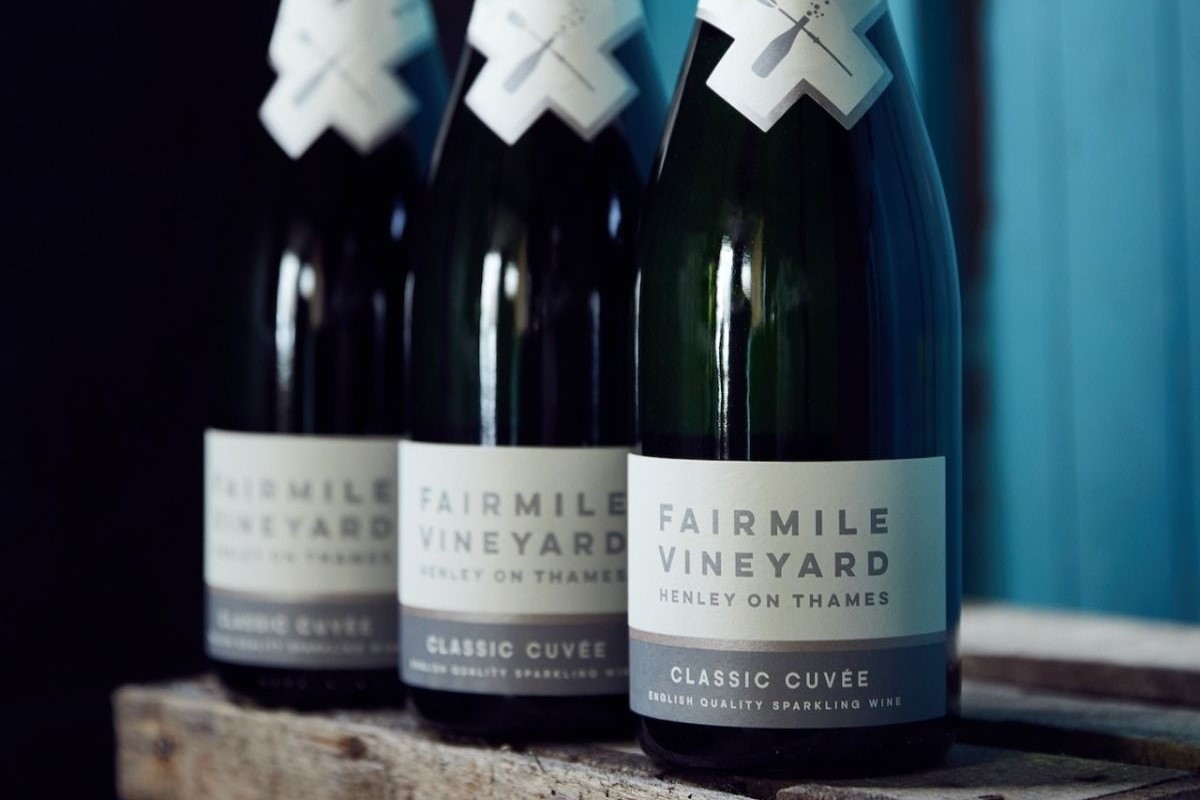
A relative newcomer is Fairmile Vineyard’s Classic Cuvée (£28.99) from Oxfordshire.
- Recommended for those who like Louis Roederer Brut Premier. (Note Louis Roederer are phasing out this wine imminently).
Awards: 95 Points – ‘Outstanding’ in a Decanter Panel Tasting of 53 English sparkling wines in Jan 2020, the only wine to reach this level)
Pale gold in colour, the first aromas that jump out are the roasted autolytic notes with the faintest hint of vanilla. Again, bone dry but there’s plenty of creamy texture and delicious ripe apple and lemon rind flavours overlaying the toasty, nutty notes. Very long, elegant and complex and every bit as good as a notable Vintage Champagne.
A blend of 75% Pinot Noir, 15% Pinot Meunier and 10% Chardonnay (this element only was aged in new oak barrels for 9 months) and then aged in bottle for 36 months before disgorgement.
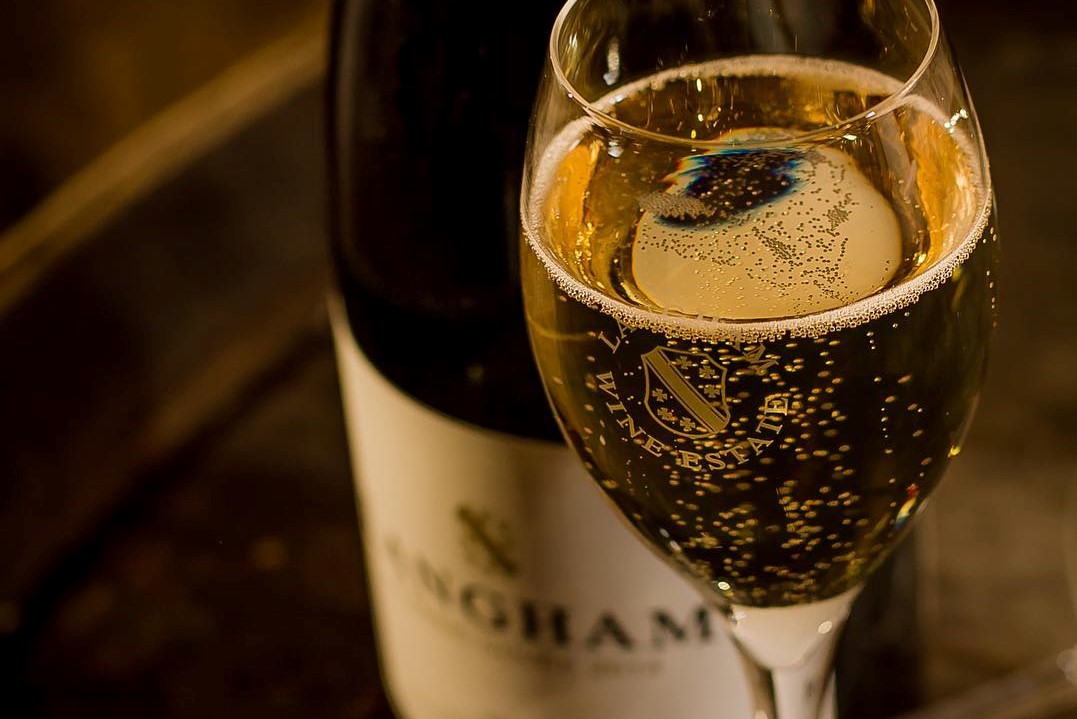
Prepare to be bowled over by Langham’s Culver Classic Cuvée NV (£28.99) from Dorset.
- Recommended for those who like Bollinger Special Cuvée NV.
Awards: WineGB Awards Gold 2021 & Decanter World Wine Awards Silver 2021
The aromas are pronounced and lifted with a surprising floral hit that then segues into fresh brioche and red berry fruits. There’s a lovely energy on the palate aided by a touch of salinity that makes this deliciously moreish. The buttered brioche flavours are cut with the sharpness of raspberry and grapefruit in a complex and multi-layered whole.
55% Pinot Noir, 20% Pinot Meunier and 25% Chardonnay and around 11% made up of reserve wines. Fermented in a mix of stainless steel and old oak followed by 14 months ageing on the lees before disgorgement and then a further 3 months bottle conditioning before release.
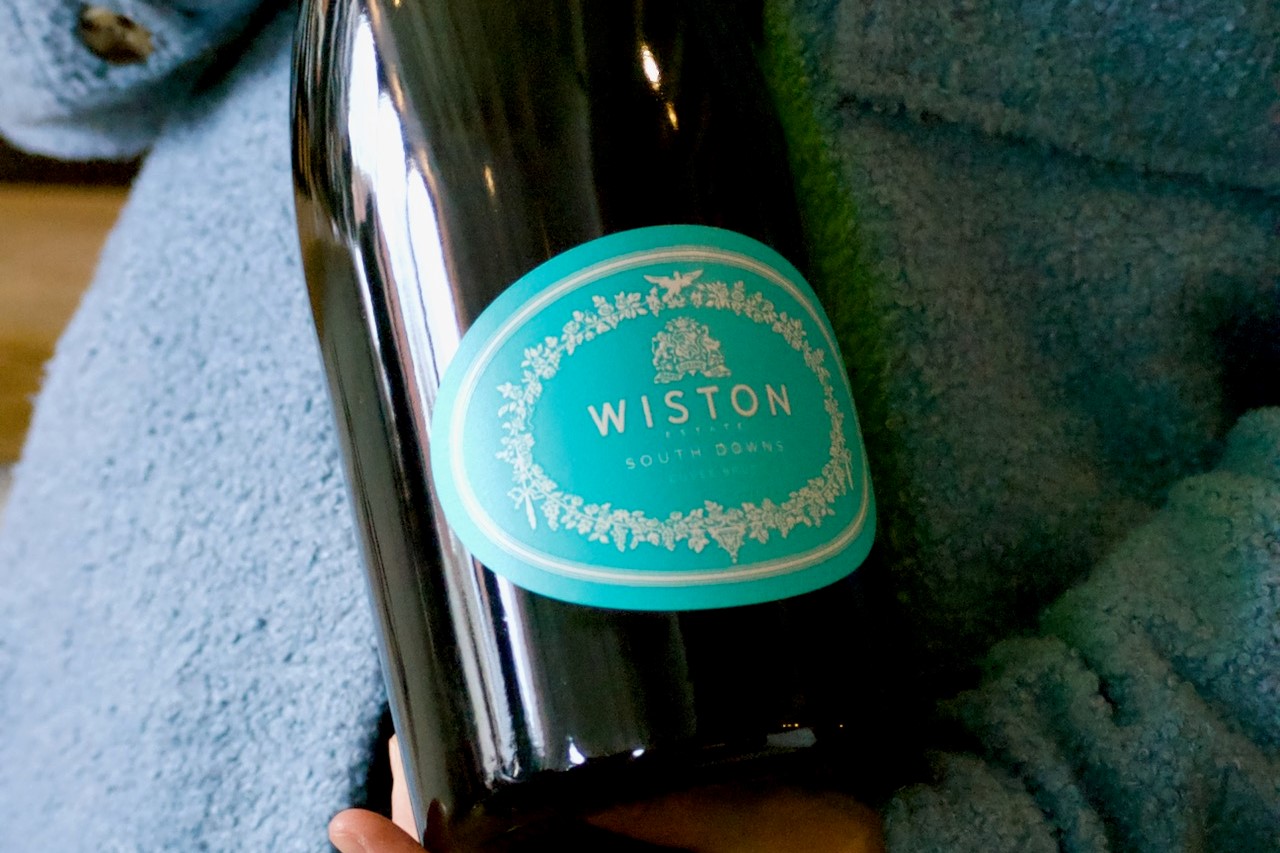
We conclude with the limited release Wiston Estate Cuvée 2013 in Magnum (£99.00).
- Recommended for those who love serious vintage Champagne.
Awards: IWSC English Sparkling Wine Trophy 2017 & UK’s best sparkler at Decanter World Wine Awards 2017
A limited number of magnums were bottled of this excellent vintage, which was highly welcomed after the dreadful 2012 vintage. Magnums are renowned for their slower ageing ability and broader, more complex flavour development.
The perfect dinner party showstopper, especially if you don’t want to pay four times the price for Krug Grande Cuvée in magnum or more than twice the price for vintage Bolli in magnum. There’s a complex array of aromas from ripe orchard fruits through toasted nuts and subtle baked gingerbread notes. Elegantly structured, there’s great depth and complexity with a wonderful assertive citrus tang followed by something that resembles the best tasting apple strudel! The flavours continue to evolve in the glass and keep you mesmerised. Sensational stuff.
47% Pinot Noir, 33% Chardonnay and 20% Pinot Meunier and aged for 36 months on the lees before being disgorged.

How Do We Classify our Best Sparkling Wines?
The majority of English sparkling wines are made following the same method as in Champagne. Known as méthode traditionelle in Champagne, the second fermentation that creates the bubbles must occur inside the bottle.
Following much debate, and without wanting to invent a totally new name, the UK industry has now agreed on ‘Great British Classic Method’ to describe English or Welsh sparkling wine made in this traditional way.
These will easily be identifiable by a new hallmark and one of two official designations, PDO (Protected Designation of Origin) and PGI (Protected Geographical Indication). Keep an eye out as these become featured on the labels of bottles in the very near future.
So Why Is There a Shortage of Grande Marques?
There are a number of complex reasons that have combined to cause a global shortage despite a misconception amongst the trade and press that the market had collapsed during the pandemic.
Sales certainly did decline but not to the extent that was first predicted. Retail sales for home consumption were very strong and for some brands like Bollinger, they actually performed better than in pre-COVID years. For other houses like Pol Roger, who have traditionally been stronger in the hotel and restaurant trade, they’re prioritising allocations of their limited stocks for this beleaguered sector in favour of their Independent retail customers, to show support.
The other major contributing factors that have exacerbated the issue are the restriction of yields in 2020 by the Comité Champagne (legal governing body for the region), followed by the decision taken by many houses to reduce their production because of the initial fall in demand at the start of the pandemic, and finally a recent spate of very good vintages has seen houses holding back more stock for their Vintage releases which means less wine for their flagship Non-Vintage cuvées.
Bringing out the big guns this Christmas won’t mean taking out a second mortgage and will help bring some much needed festive cheer. If you’re looking to supercharge your fizz selection with a Blanc de Blancs, Rosé or even Col Fondo, feel free to browse our full range.

